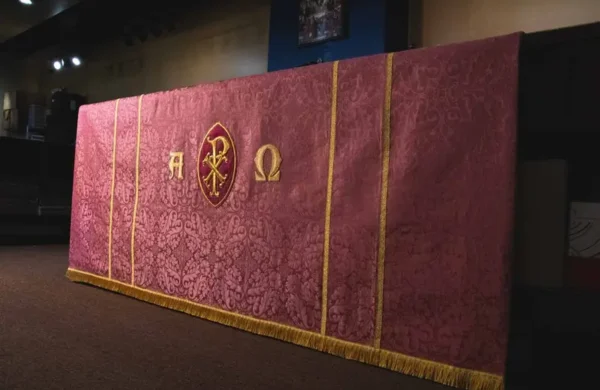
From the powerful declaration to Peter about building His Church to the vibrant community life of early Christians, Scripture reveals a divine plan far more expansive than private spirituality. When Jesus said, “I will build my church,” He wasn’t suggesting an optional add-on to personal faith – He was laying the foundation for how His followers would thrive, grow, and serve together
Like this:
Like Loading...
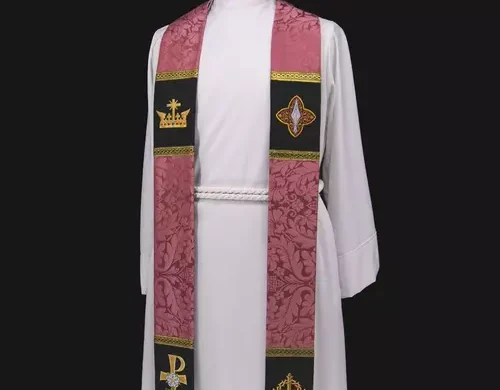
The pink (or rose) vestments worn by priests on Gaudete Sunday (Advent) and Laetare Sunday (Lent) mark joyful moments in these otherwise reflective seasons. They symbolize hope and celebration, reminding us that Christ’s arrival is near. This tradition, rooted in the 11th century, serves as a visual reminder to rejoice during spiritual preparation.
Like this:
Like Loading...
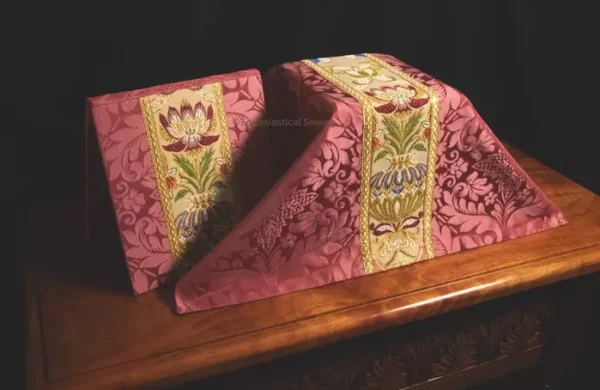
Rose-colored garments are worn on Gaudete Sunday in Advent and Laetare Sunday in Lent, offering a moment of joy amidst preparation and reflection. This tradition dates back to medieval times, symbolizing anticipation for Christ’s coming with themes of joy, love, and hope.
Like this:
Like Loading...
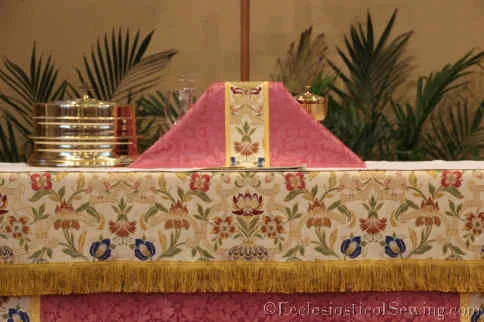
Rose vestments are used for two Sundays in the church year. Rose vestments are worn during the seasons of Advent and Lent. Gaudete Sunday is celebrated during the Season of Advent. Laetare Sunday is celebrated during Lent.
Like this:
Like Loading...
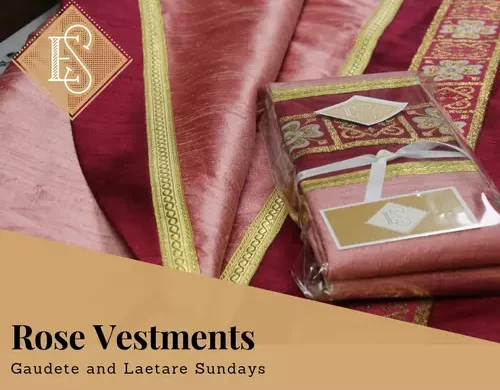
Gaudete is a special Sunday in Advent when the readings have a lighter tone in the middle of what is a Penitential Season. This is the third Sunday in Advent when a rose or pink candle is lit on the Advent wreath. The color change reminds us that Christmas is near. We only need to wait a bit longer and our Alleluia will resound once again. Lent is also a Penitential Season of the church year. Laetare is on the fourth Sunday in Lent
Like this:
Like Loading...
Gaudete Sunday is the third Sunday in Advent and is a reprieve in this season–which by nature is a penitential season. Gaudete Sunday gives us a glimpse of the joy that awaits us and lightens the mood–one way this is done is with the change of the vestments from violet or blue to a rose color. Gaudete is the plural present active imperative of the Latin verb “to rejoice.”
Like this:
Like Loading...
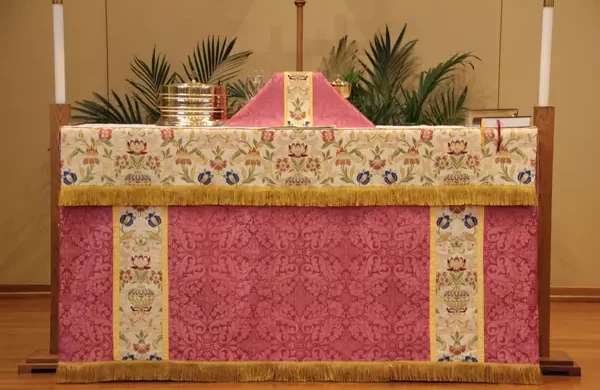
Using Rose Vestments during Advent and Lent varies among differing church bodies. The New Liturgical Movement has some information on the historical use of Rose Vestments within the Catholic Church. The Lutheran Church Missouri Synod’s view on Rose Vestments is slightly different. If a Rose Vestment Set is desired or planned for your church, be sure to check with your pastor or bishop concerning appropriate use and guidelines for liturgical colors.
Like this:
Like Loading...
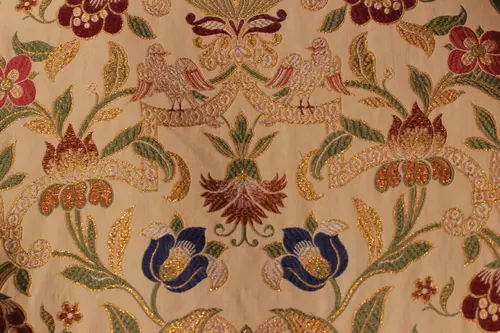
Ecclesiastical Sewing created Rose Vestments for Gaudete and Laetare Sundays. The set included an Altar Frontal, Pulpit Fall, Stole, Maniple, Chasuble, and optional Chalice Veil and Burse. Fabrics like Rose Florence Brocade and Verona Lurex Tapestry with symbolic bird motifs were chosen. The Altar Frontal featured intricate Ecclesiastical Embroidery. The Verona Tapestry’s rich design minimized the need for extensive embroidery, with selected trimmings completing the set.
Like this:
Like Loading...
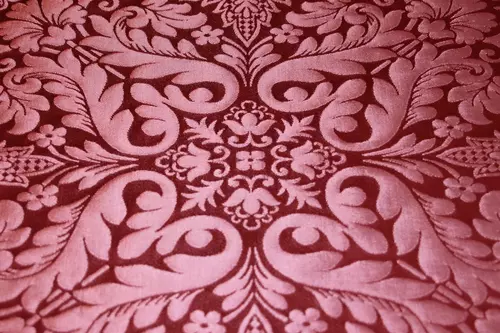
Pattern repeats in Ecclesiastical fabrics might sound scary, but fear not! Let’s take a lovely brocade, like the Florence from the UK. It’s got motifs like floral stars and stylized flowers. The key is the “pattern repeat.” For Florence, it’s 14 1/2″ both lengthwise and widthwise. So, if you start at a point on a motif and follow it until you hit the same point on the next identical motif, that’s one repeat. Simple! It’s like a beautiful puzzle waiting to be solved.
Like this:
Like Loading...









You must be logged in to post a comment.